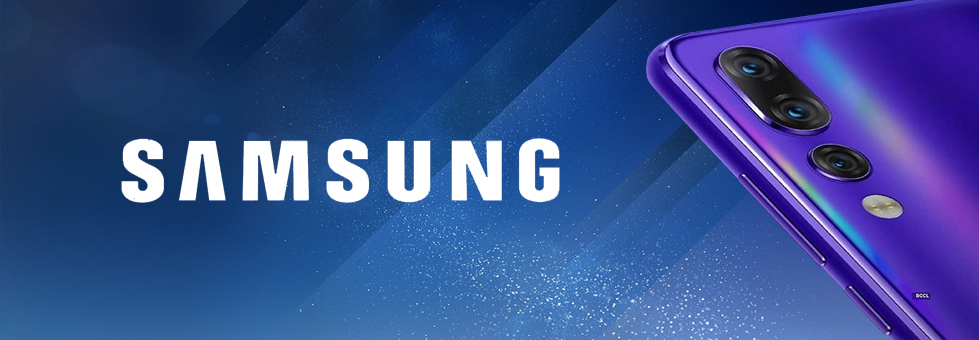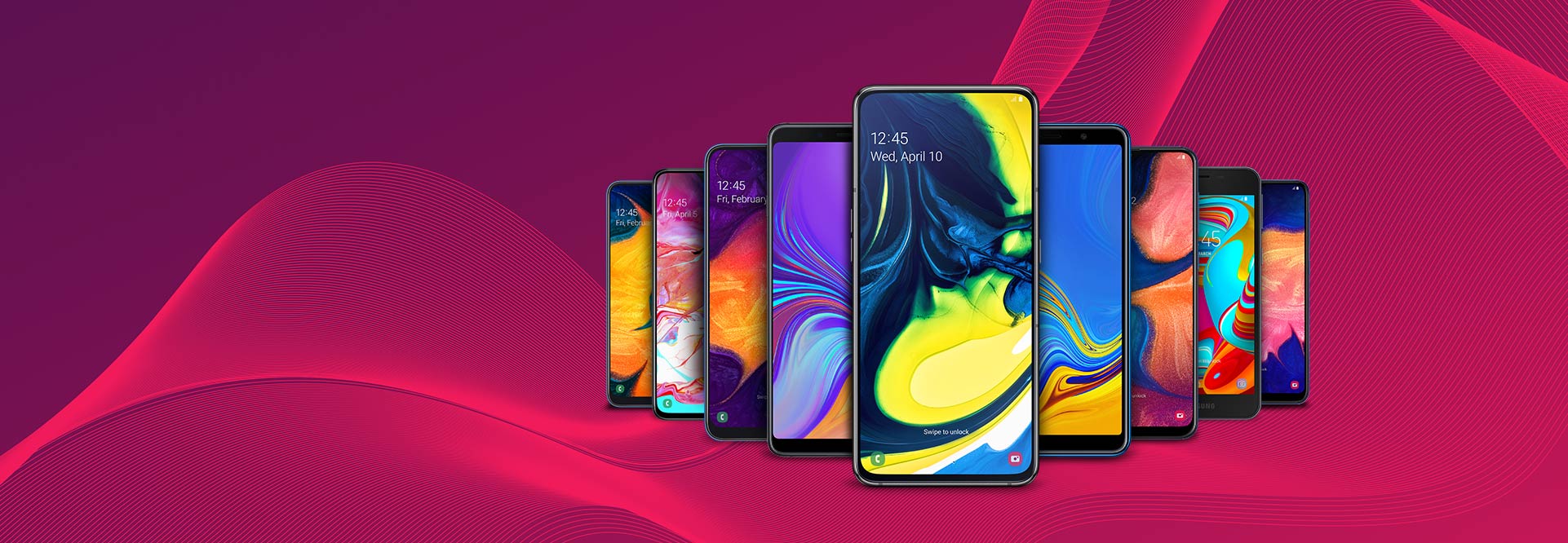Samsung Galaxy S23 vs S23 Plus: Find the Right Galaxy for You!
Mondo Admin / 13-03-2023 / Tech
In February, the ground-breaking Samsung Galaxy S23 series launched globally and set a new standard for Android smartphones. The S23 Ultra quickly stole the spotlight, earning a place as one of the best phones you can buy right now. But not everyone has the budget or urge to spend R30 000 on the latest and greatest phone. There’s no need to stress because Samsung has you covered with the more affordable S23 and S23 Plus models so you can save up to R10 000 while still enjoying cutting-edge features that have made the new Galaxy series formidable.
Which is the best option between these two flagships? We’ve put together a summary of the differences and similarities to help you decide:
Cohesive Design Language
The design language of the Galaxy S23 and S23 Plus is almost identical, boasting flat displays, curved edges, aluminium frames, and rear glass backs constructed with Gorilla Glass Victus 2. Both devices look very similar to the Samsung Galaxy S22 and S22 Plus, but the biggest difference is the camera layout. The base flagships ditch the camera island design on the back for free-floating lenses, unifying the camera design style with the top-of-the-range Galaxy S23 Ultra.
Go Big Or Go Compact
The most obvious difference between the two is the size of the displays. The Samsung Galaxy S23 features a more compact 6.1-inch FHD+ display, while the Samsung Galaxy S23 Plus is for those who want a larger FHD+ display at 6.6 inches. Besides the size difference, these base flagships have almost the same display specs, including 1750 nits peak outdoor brightness and an adaptive refresh rate that varies from 48Hz to 120Hz for power efficiency and a smooth scrolling experience.
Record-Breaking Performance
The new series is turning heads thanks to its record-breaking performance fuelled by the cutting-edge Qualcomm Snapdragon 8 Gen 2 customised for Samsung. It’s the first time in recent history that the tech giant has opted for a single Snapdragon processor for the whole line, completely ditching its Exynos chip. In the Galaxy S23, the powerful performance is enhanced by 8GB RAM and a choice between 128GB or 256GB storage. The S23 Plus features the same amount of RAM and bumped-up storage capacities of 256GB and 512GB. Both devices exclude a microSD card slot.
In it for The Long Haul
The Galaxy S23 and S23 Plus flagships feature Android 13 out of the box with Samsung’s One UI 5.1 interface layered on top. The tech giant has committed to four years of Android OS updates and five years of security patches for the series, ensuring your new Galaxy stays secure and updated through to Android 17.
Cameras Clones
Both devices sport the same camera specs, including a 50MP main shooter, 12MP ultrawide, and 10MP telephoto with 3x optical zoom and 30x digital zoom. Housed in a punch-hole on the front sits a 12MP selfie camera featuring dual-pixel autofocus. You can record videos in super high quality 8K at 30 frames per second (fps) or 4K at 60 fps.
Other key camera specs in both phones are:
Main camera:
f/1.8 aperture and 1/1.56" sensor
Ultrawide:
f/2.2 aperture and 1/2.55" sensor
Telephoto:
f/2.4 aperture and 1/3.94" IMX754 sensor
Selfie camera:
f/2.2 aperture
Wired, Wireless, and Reverse Wireless Charging
The Samsung Galaxy S23 and S23 Plus are powered by slightly bigger batteries than the previous generation at 3900mAh and 4700mAh, respectively. The standard option delivers fast charging speeds of up to 25W, and the Plus takes this further to a whopping 45W. Both devices support fast wireless charging and reverse wireless charging.
Verdict
The Samsung Galaxy S23 and the Samsung Galaxy S23 Plus share many similarities, like the same designs, cameras, refresh rates, processors, and software. The standard option is perfect if you’re looking for a compact phone that’s slightly more affordable and you don’t mind cutting back on the battery size, charging speeds, and storage. However, the Plus will suit you better if you want a bigger screen, bigger battery, more storage, and faster charging speeds. Both devices are excellent, but it all comes down to your preference.
Whichever device you go with, you’ll get a smartphone packed full of features to help elevate your mobile experience. So don't wait - visit our deals page right now to find a Samsung you’ll love!







